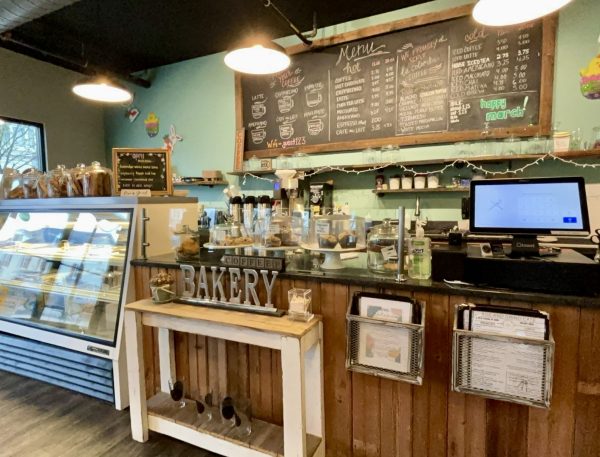How to Manage Type One Diabetes
February 15, 2020
Imagine it’s a Saturday night. You and all your friends are heading out to downtown Doylestown to eat at the new, modern restaurant. There’s all the food you can eat, as well as loads of dessert options. Then you hear a loud beep from the back of the car. Your friend just activated their insulin pump.
Type One Diabetes, once called Juvenile Diabetes because it was thought to only occur in young children, is when the body’s own immune system attacks the insulin producing cells in the pancreas. Insulin is the body’s way of breaking down the simple sugars that are in our bloodstream, known as carbohydrates. In an average person, when they eat, the carbs will break down in the bloodstream into sugar, and then the insulin will break that down. In a Type One Diabetic, insulin cannot be produced, causing the broken down carbs to stay in the blood. This results in a high blood sugar index. Another index that is looked at in Diabetics is A1C. A1C measures how much glucose is in the body, and a test is done every 3 months to check it. At diagnosis in September, my A1C was 13.2. In a healthy person, it would be about 5.0-6.0. I had no idea in the months leading up to my diagnosis, but it was obvious my blood sugar was way out of whack.
Being a healthy diabetic and keeping up with it revolves around your diet. It is absolutely crucial to always be aware of what you’re eating, no matter how big or small the meal or snack may be. There’s also no skipping meals, whatsoever. While we don’t want too many carbs, our bodies need carbohydrates for short term energy, and without them, serious low blood sugar can result. I began on a very simple diet for type ones. Because I was using the pens, where I had to inject myself the necessary amounts. The pens are what everyone seems to fear when they hear ‘diabetes’. At the thought of injecting oneself with needles before every meal, it’s easy to see why. Honestly though, after the first 3 or so times, you won’t even think of it. Thankfully, the technology has advanced so much that most, if not all, patients, don’t need pens, and can use their pumps, which continuously pump insulin for them.
Managing also takes a lot of responsibility, awareness, and confidence. One must be able to keep up with everything Type One has to offer, such as low and high blood sugar, checking for ketones, changing pods/pumps, and of course, knowing what you’re eating. Listening to your body is a crucial part of every day. When someone feels low, like me for example, they’ll feel shaky, confused, and sweaty. When they’re too high, they’ll become irritated. These are the bodies signs that something is off. If you’re able to identify these and know what they mean, it saves a lot of trouble for emergencies. Finally, confidence. This disease, while it may be a challenge, does not define who you are. We have no say in what our body was coded to do, so all we can do is accept that fact, and make the best out of the situation. There may be times where you’ll ask: “Why me? Why has this happened to me?” Honestly, no one knows why. But what we do know, is that this cannot in any way control who we are. Be confident in your doctors, technology, and yourself especially. Surround yourself with people who will support you, and be there for you in times of need. This disease is a lifelong challenge, for millions of people. While it may be tough sometimes, you must never give up. The wonderful thing about this disease is that there are loads of ways to control it. One day, a cure will be found, but until then, our daily routines will always be with us.









